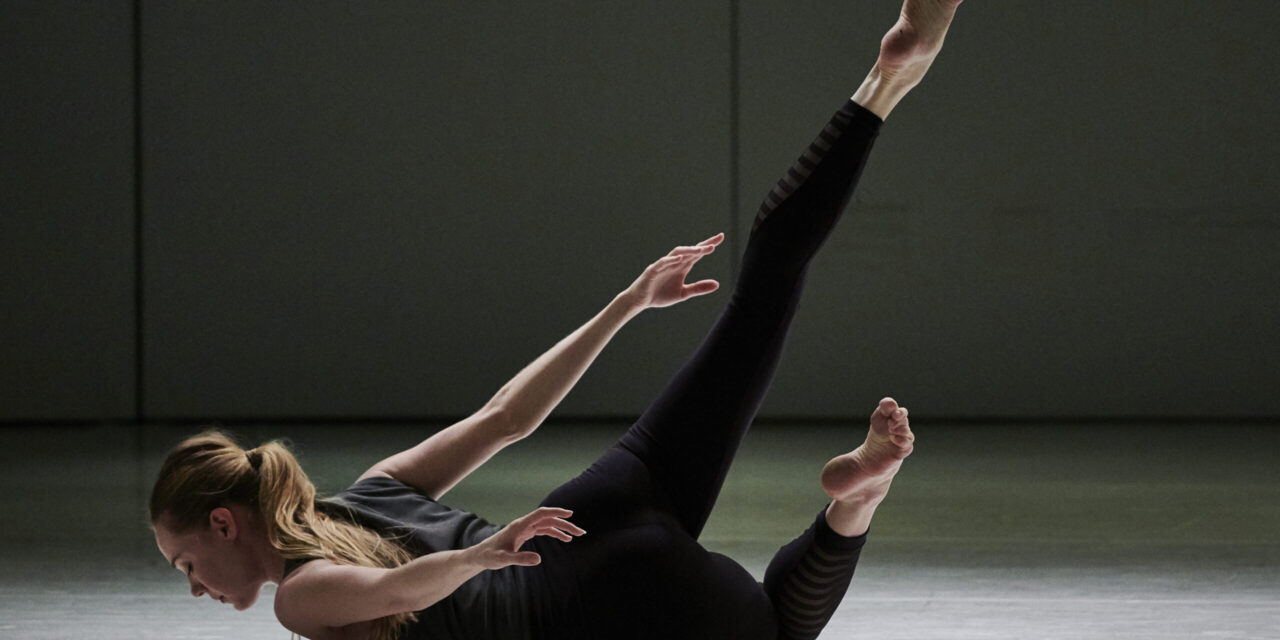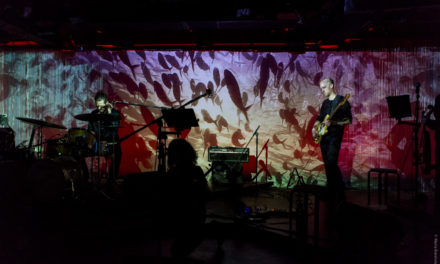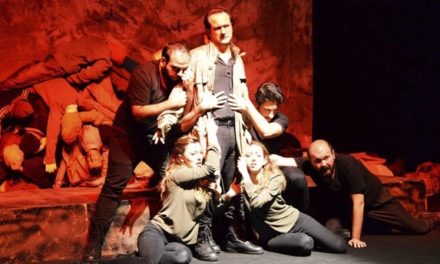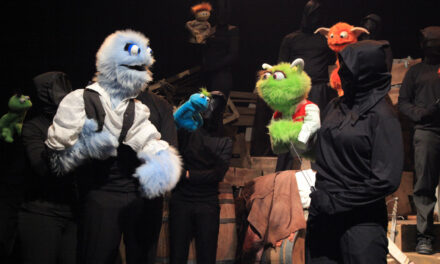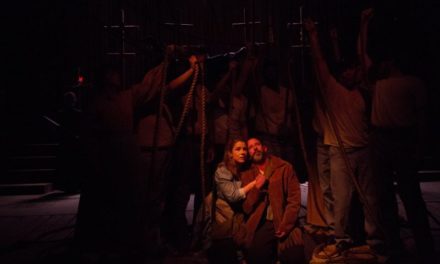Midway through the first episode of Isolation to Creation, a docuseries produced as part of this year’s Guggenheim series Works & Process, a dancer interviewed in the early days of the pandemic, asks, “Who am I if I can’t do what I love to do?” and speaks about the losses that artists and performers have experienced as a result of shutdowns. Another performer shares that the pandemic has forced him to realize that “we are all in this together – on a cellular level,” unearthing the truth that every single human being on this planet has endured a loss of some kind since the coronavirus spun out of control across the continents.
For many, the loss is interaction with friends, family, for others it’s the loss of a neighborhood hangout, or a sense of well-being, or that moment of anticipation as the lights go down in a theater, or seeing people smile on the street, or inevitably, inexorably deaths of colleagues, friends, family.
As 2020 unfurled itself, the artists chosen for the 2020 Works & Process at The Guggenheim were faced with, like the rest of the world, uncertain, scary, and unnerving times. Originally these artists. much like the cohorts of the previous 35 or so years, were to have been collaborators in the creation of new works to be performed in the theater hidden below the Guggenheim Museum’s rotunda. The Guggenheim team behind the series refused to be thwarted by the pandemic and concocted an ingenious plan: a bubble residency – a concept unheard of and untested at the time and that has since been replicated most notably by professional sports teams. With that, a docuseries was born.
Isolation to Creation charts the losses, the prep, the casting about for solutions, the testing, and journey’s start. With the assistance of medical professionals and well-devised series of testing, the artists agreed to isolate in Arts centers in the Hudson Valley to create works in the bubble covering dance disciplines as wide-ranging as Afrik, ballet, ballroom, break, flex, Krump, modern, tap, and vogue dance styles, and beatbox. Over 50 musicians, dancers, and performers transformed the COVID-19 experience from one of loss to one of creation.
The first episode, Isolation to Creation: A Way Forward, of the four-part series is poised at the moment when the pandemic has become too real, all performances have been canceled, and the world no longer resembles itself. The streets and sidewalks of New York are empty and performers are casting about for how to cope. They recount their fear, their losses, their attempts to, especially those that use their bodies as an instrument, continue rehearsing in the altered circumstances. The dreams of the artists have been crushed, their opportunities to share their craft with the world abruptly snatched away.
Then an ingenious idea from Duke Dang, General Manager of Works & Process, again alters the artists’ world and the docuseries explodes into the lush greens of the Hudson Valley in Spring and early Summer. The remaining episodes promise to cover the process and journey to the final performances held at the Kaatsbaan Festival and filmed performances at Lincoln Center for the Performing Arts.
Near the end of A Way Forward, as the artists begin to adjust to their unique circumstances, as they “begin to feel some sort of normalcy,” their absolute joy is evident. As the Associate Artistic Director of Les Ballet Afrik, Kameron Saunders says, “One thing the pandemic has taught us is that the arts will continue to thrive regardless of the circumstance.” Truly these artists have not just created new works, they have created hope.
The series has and will stream nationwide on January 27, and February 3, 10, and 17, at 8 pm ET, for free on the ALL ARTS app, allarts.org, and also air in the New York metro area on the ALL ARTS TV channel.
Find more information at www.worksandprocess.org.
This post was written by the author in their personal capacity.The opinions expressed in this article are the author’s own and do not reflect the view of The Theatre Times, their staff or collaborators.
This post was written by Clare Cioffero.
The views expressed here belong to the author and do not necessarily reflect our views and opinions.

